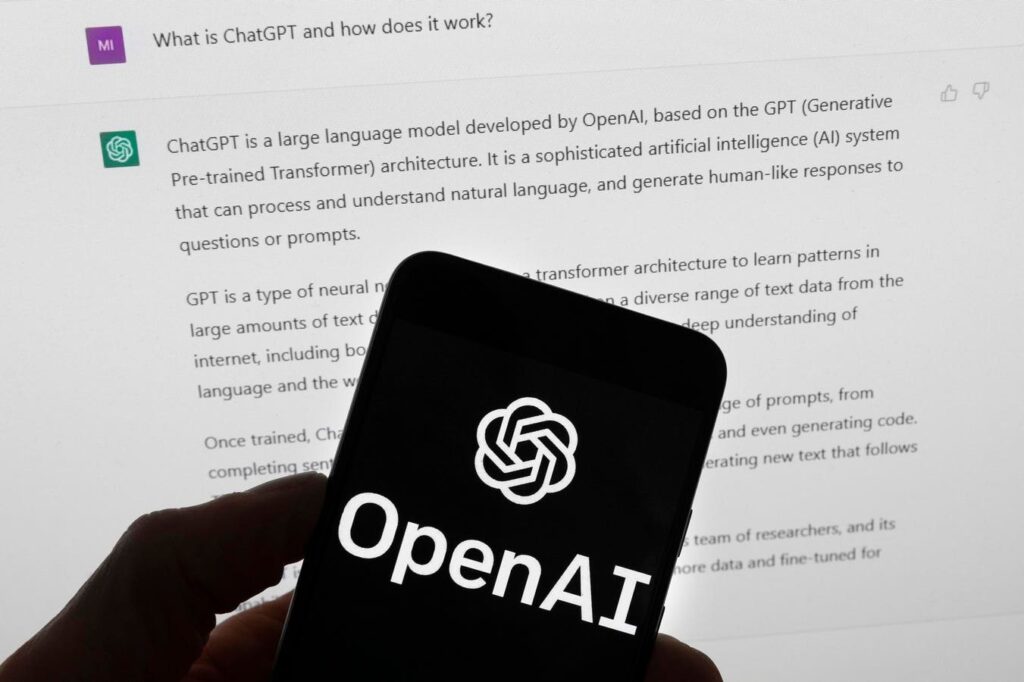In the realm of automation, especially when integrating APIs using platforms like Make, small errors can lead to significant disruptions. Small to medium-sized businesses (SMBs) glean immense benefits from automating their processes, yet they must also navigate common pitfalls. Understanding these issues can drastically minimize downtime and enhance productivity.
One prevalent error is hitting rate limits imposed by APIs. When a business’s automation processes trigger requests exceeding allowed thresholds, symptoms include delayed responses or outright failures. The root cause often lies in inadequate monitoring of usage patterns. Teams should check API documentation for rate limits, then analyze access logs to identify peak usage times. Implementing a backoff strategy—where the system reduces request frequency temporarily—can alleviate this issue. To validate success, monitor response times and log any errors.
Authentication failures are another common hurdle. Symptoms often manifest as continuous error messages indicating unauthorized access. Review the authentication tokens or API keys; a simple mistype can lead to failure. Check expiration dates, as many tokens have a limited lifespan. If authentication is via OAuth, ensure the application permissions align with the requested data. After making adjustments, test access to the API directly to confirm that the issue is resolved.
Webhook timeouts can disrupt data flow between services. When a webhook fails to respond within the expected timeframe, symptoms can include missed updates or halted processes. The root cause may include network issues or inefficient code on either end. To troubleshoot, conduct a ping test to check connectivity. Optimizing the code to handle operations asynchronously or increasing timeout settings can often resolve the issue. After adjustments, validate by triggering events and monitoring webhook response times in the logs.
Malformed payloads can lead to errors in data transmission between services. Symptoms include rejected requests or data being stored incorrectly. These issues often arise from discrepancies in data formats. Teams should inspect incoming and outgoing payload structures against API specifications. To amend, standardize formatting and ensure all required fields are correctly populated. Once changes are made, utilize validation tools to ensure payloads comply with requirements before sending them.
When integrating with WordPress, common issues can arise from plugin conflicts or misconfigurations. Symptoms often include broken functionality or unresponsive integrations. The root cause may stem from outdated plugins or conflicting versions. Conduct an audit of installed plugins, ensuring they are up to date. If conflicts are suspected, temporarily disable plugins to isolate the issue. After identifying the cause, update or replace problematic plugins and confirm successful integration through direct testing of functionalities.
To safeguard against future errors, establish thorough logging mechanisms. Implement centralized logging to monitor API call outcomes, response times, and errors. Analyzing these logs helps identify patterns and potential issues preemptively. Additionally, create rollback strategies that allow teams to quickly revert changes should new integrations lead to unforeseen problems.
Ignoring these common errors can jeopardize business operations and consumer trust. Continuous downtimes can result in lost revenue, decreased user satisfaction, and increased operational costs. The ROI of investing time and resources into fixing these errors is apparent: swift resolution leads to enhanced productivity and a more reliable operational backbone.
FlowMind AI Insight: By systematically addressing common automation errors, SMB teams can maintain seamless operations while maximizing the benefits of their AI and API integrations. Ensuring robust monitoring, prompt responses to issues, and continuous learning will set organizations on a path to sustained success in their automated journeys.
Original article: Read here
2025-06-10 07:00:00

